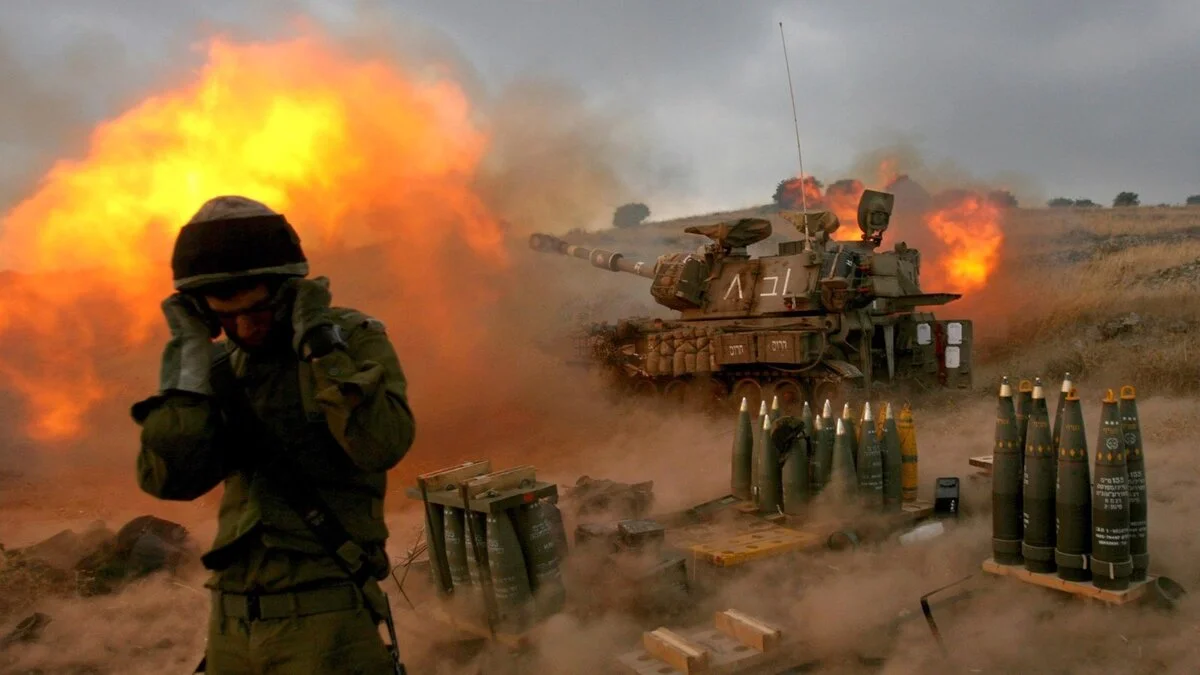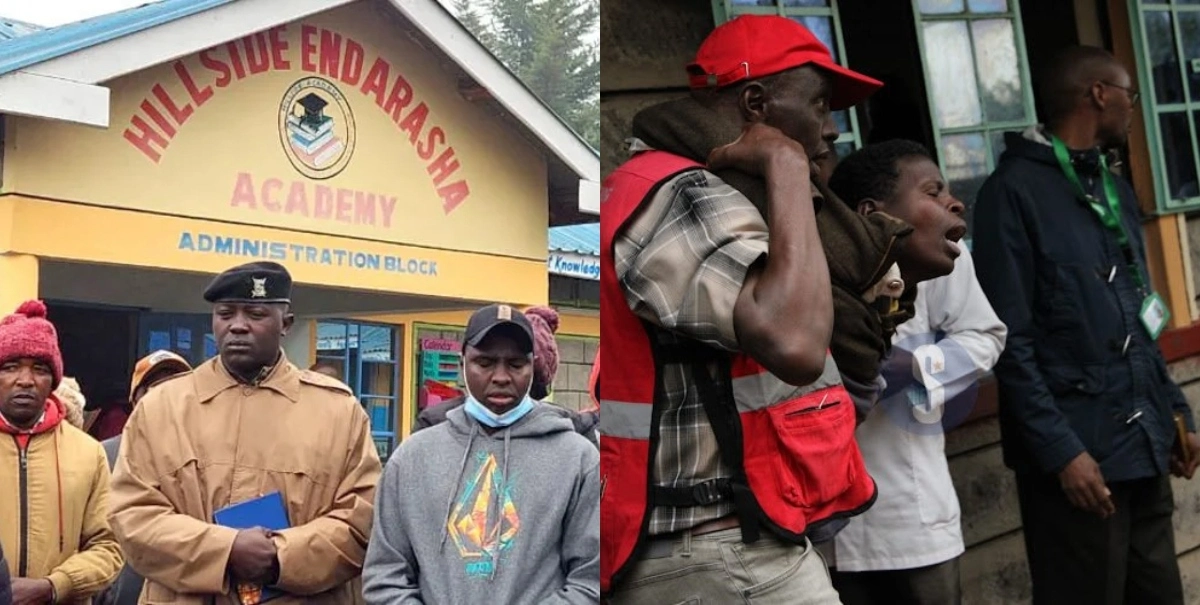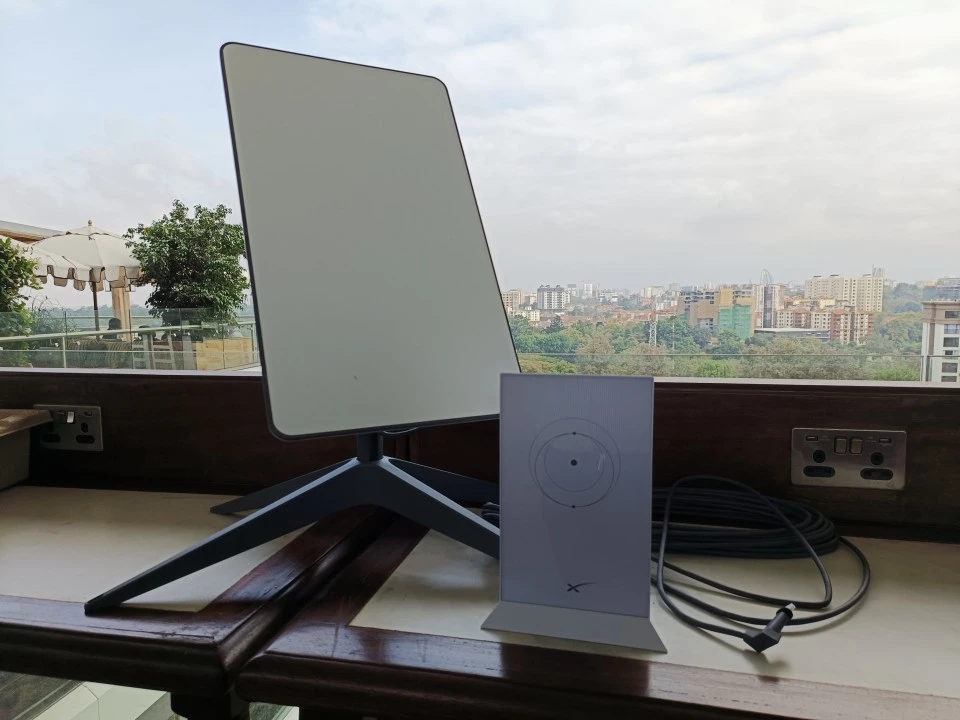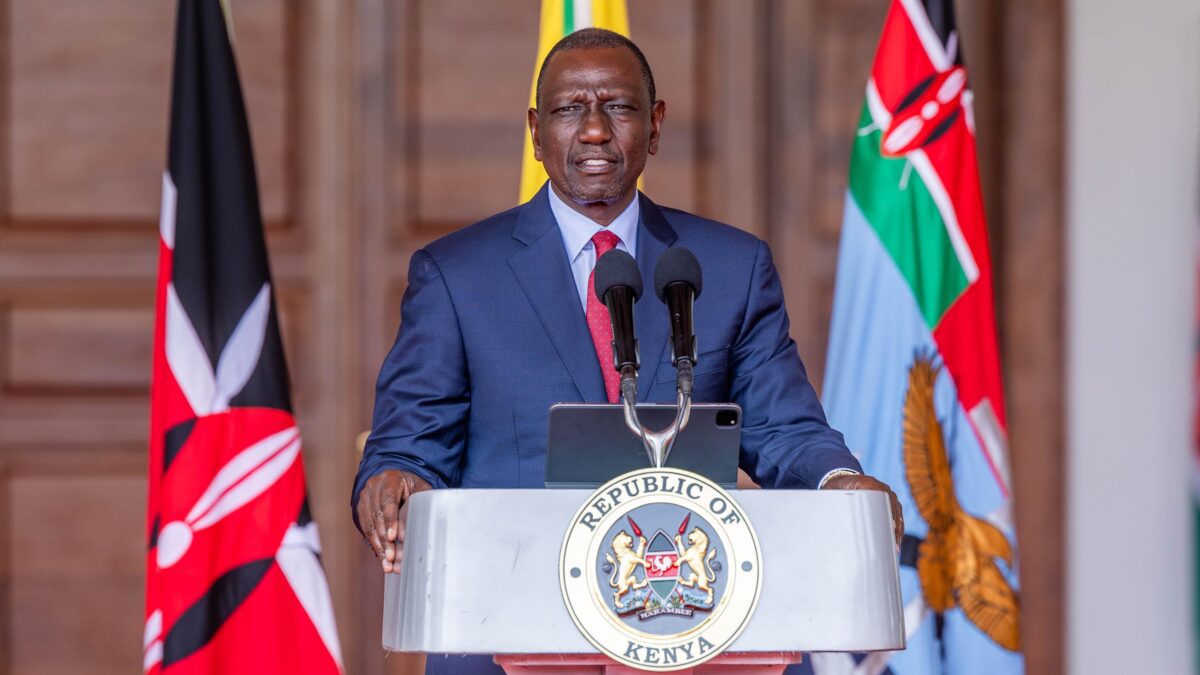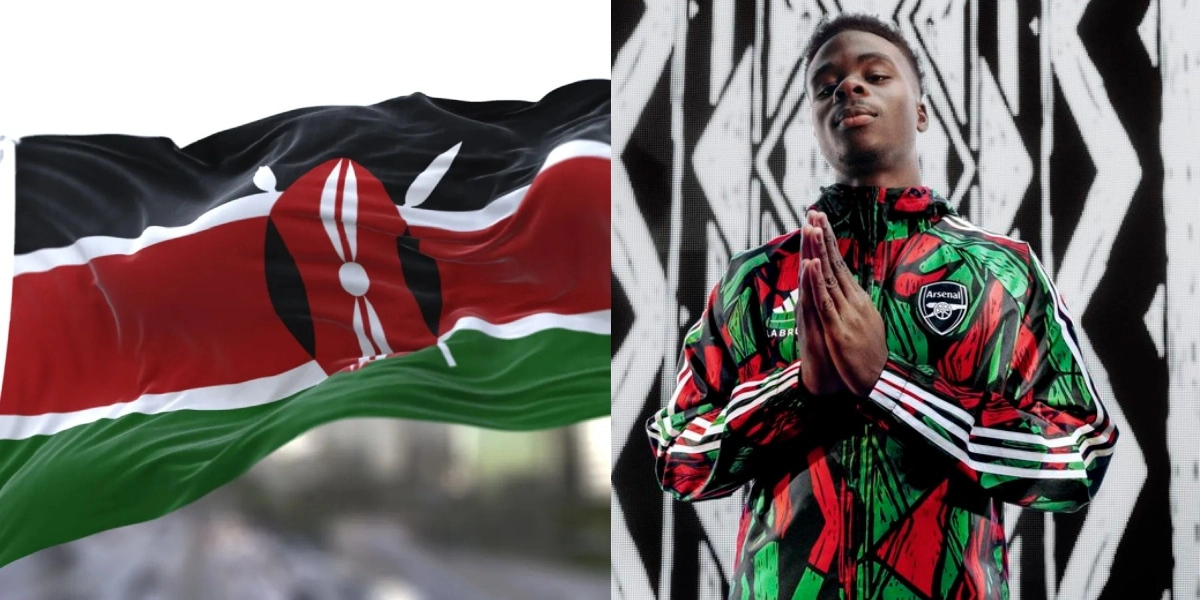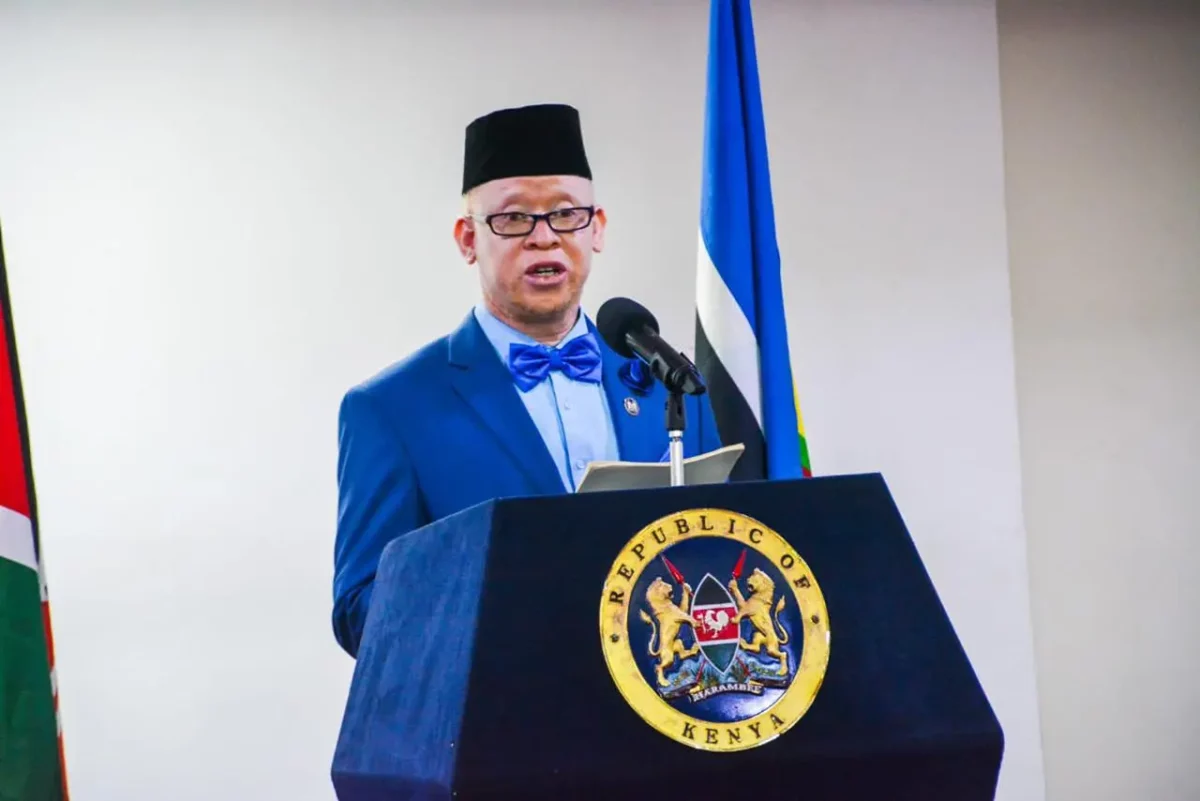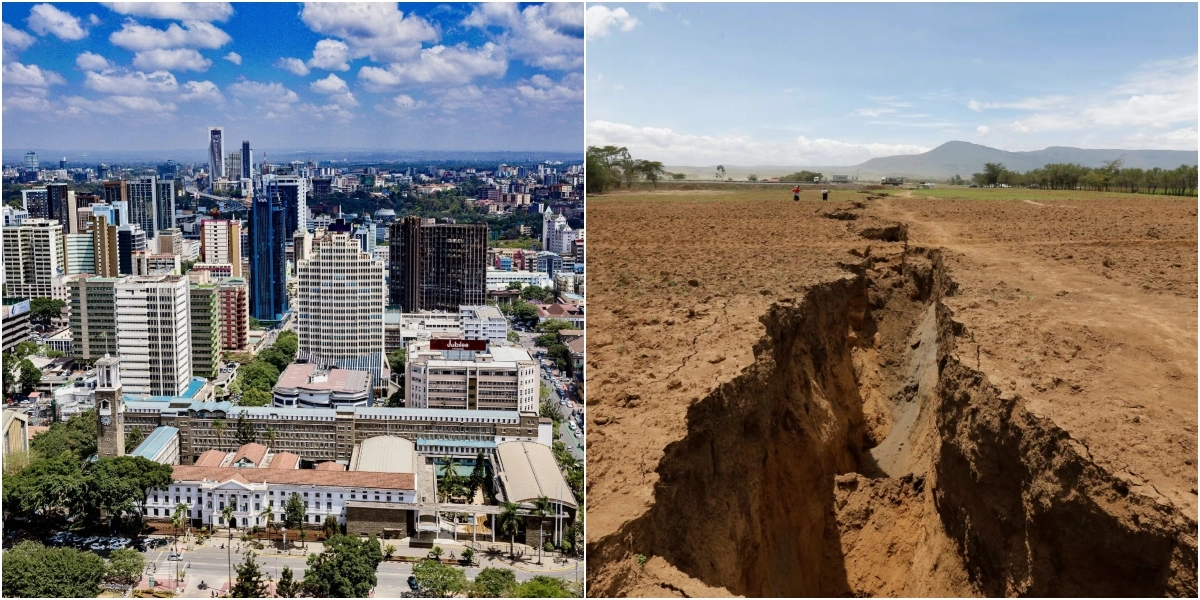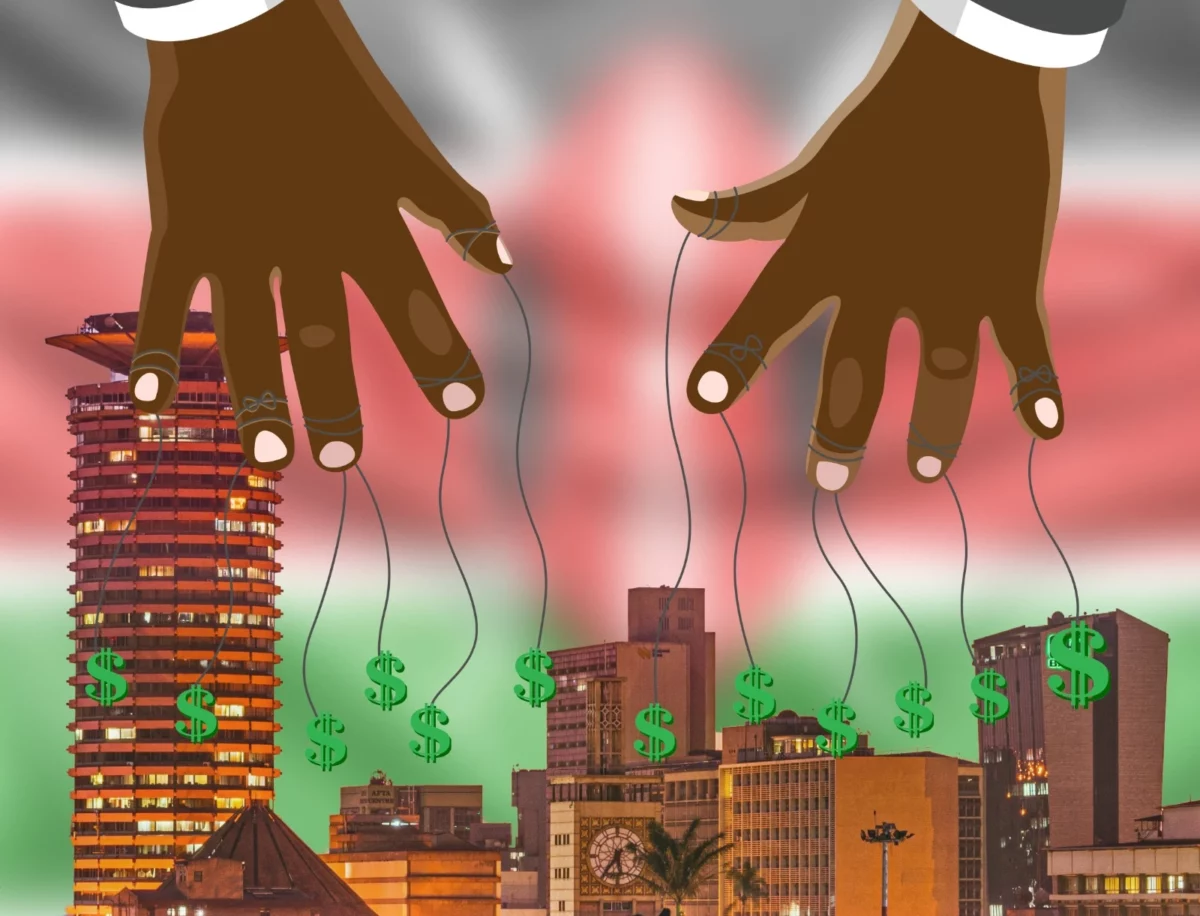The ongoing conflict between Israel and Lebanon, particularly involving Hezbollah, has a deep and complex history, rooted in regional dynamics, religious tensions, and international geopolitics. As of 2024, the conflict has reached a new peak of intensity, sparking fears of a broader regional war.
Pre-1948 and Early Conflict
Before the establishment of Israel in 1948, Lebanon was already grappling with its identity and relationship with Zionist movements in Palestine.
Lebanon gained independence from France in 1943, and while some Christian nationalists favored an alliance with Zionists, Lebanon’s founding leaders opted to maintain strong ties with neighboring Arab states, avoiding formal relations with Israel.
When Israel declared independence on May 14, 1948, Lebanon, along with other Arab states, declared war. Lebanon’s army, the smallest among the Arab nations, was quickly overwhelmed, leading to an armistice in 1949, which restored the internationally recognized border.

The Rise of Palestinian Influence and Hezbollah
The 1960s and 1970s saw a significant shift with the rise of Palestinian nationalist groups like Fatah and the Palestinian Liberation Organization (PLO). Lebanon became a base for these groups, especially after the 1967 Six-Day War, which resulted in a massive influx of Palestinian refugees into Lebanon.
The PLO’s operations against Israel from Lebanese territory increased tensions, leading to Israeli retaliatory strikes.
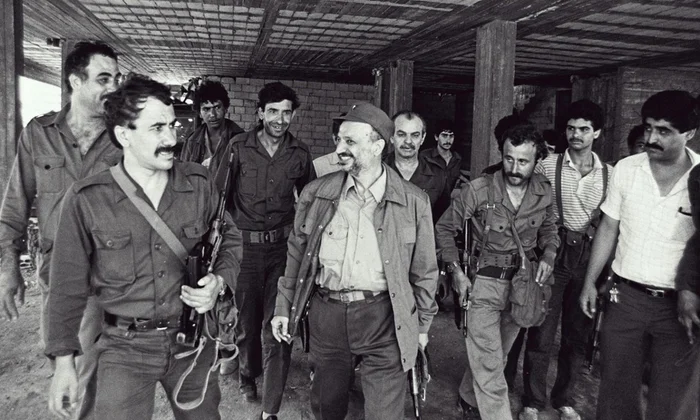
In 1982, Israel launched a full-scale invasion of Lebanon, going as far north as Beirut to push out the PLO, which eventually relocated under leadership of Yasser Arafat.
This invasion was a critical moment that led to the formation of Hezbollah, a Shiite militant group supported by Iran. Hezbollah quickly grew in power and became the dominant force in southern Lebanon, opposing Israeli presence and influence.
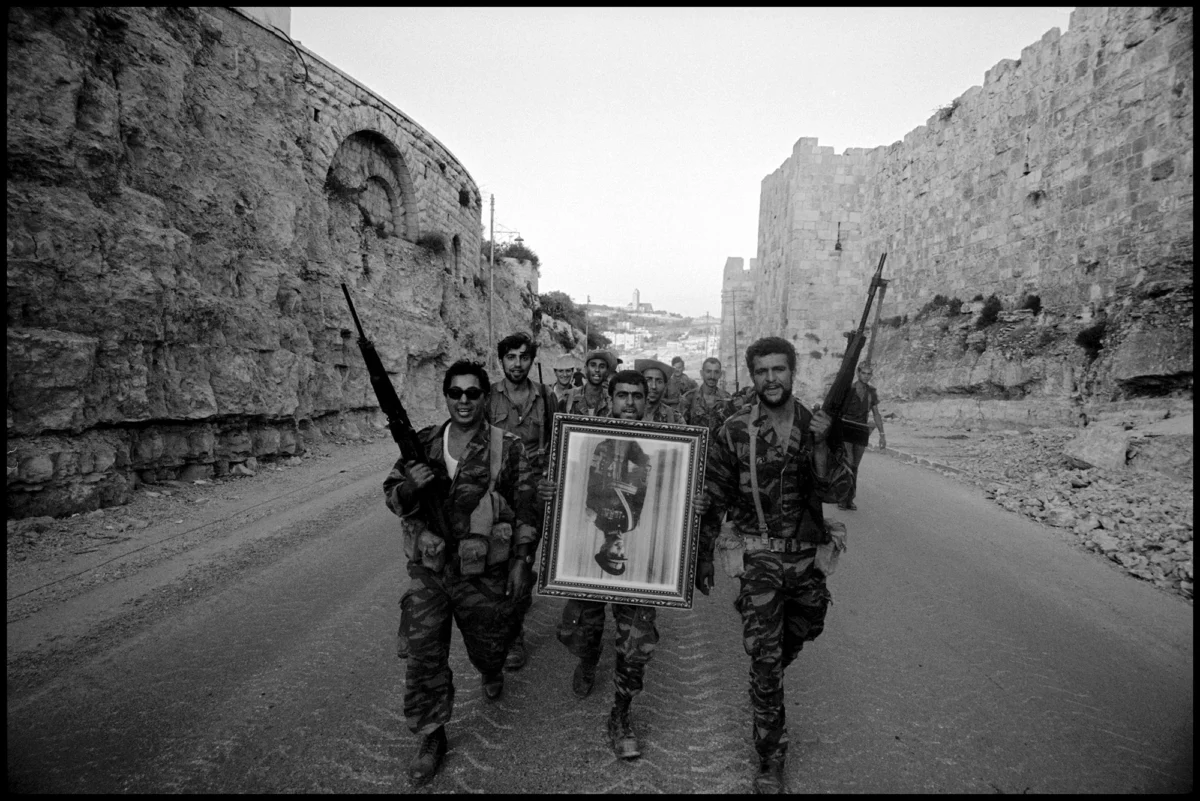
Major Conflicts and the 2006 War
The Israeli occupation of southern Lebanon continued until 2000 when Israel unilaterally withdrew, though the border remained tense.
In 2006, Hezbollah and Israel engaged in a 34-day war after Hezbollah captured two Israeli soldiers. The conflict caused significant destruction in Lebanon, particularly among civilians, with over 1,200 Lebanese deaths and around 158 Israeli fatalities.
2023-2024: Renewed Tensions
Although the border had been relatively quiet for years, with occasional skirmishes, the situation changed drastically in 2023. Tensions escalated dramatically in October 2023 when Hamas launched a surprise attack from Gaza, leading Israel to declare war on Hamas.
In response to Israel’s military actions in Gaza, Hezbollah began launching attacks from Lebanon, signaling its solidarity with the Palestinian cause.
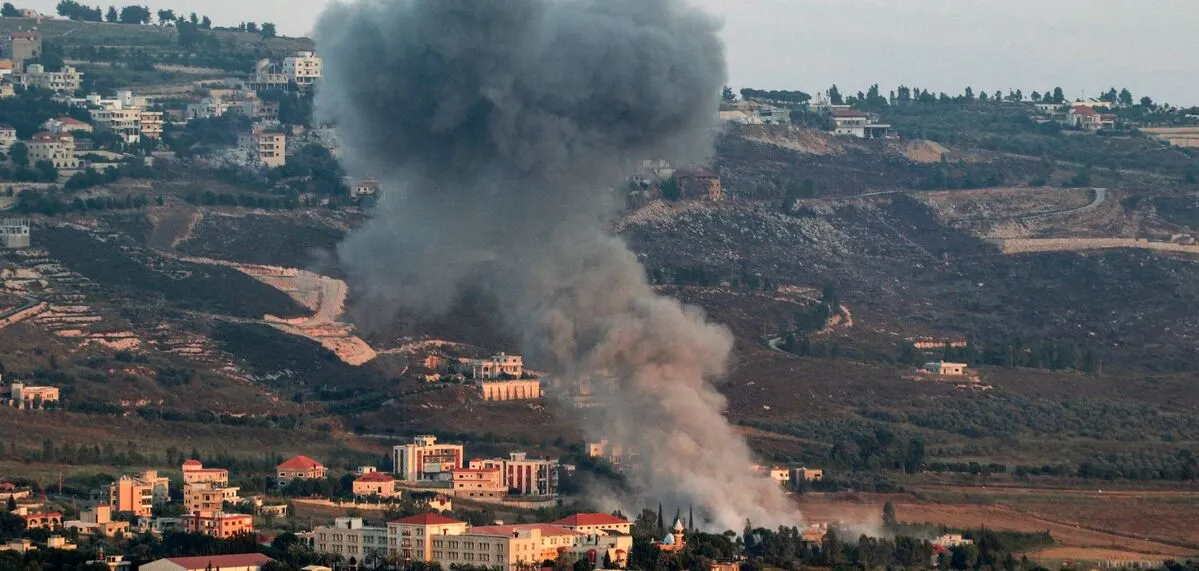
Images)
By 2024, these hostilities had intensified. Both sides engaged in frequent cross-border attacks, with Hezbollah launching rockets and carrying out anti-tank missile attacks, leading to Israeli casualties.
The Israeli Air Force responded with airstrikes in southern Lebanon, particularly targeting areas like Sidon, causing significant damage and loss of life.
The Threat of Regional War
The 2024 escalation has raised concerns about a potential regional war. Hezbollah’s increased military activities and Israel’s retaliatory measures have drawn in regional powers, particularly Iran, which supports Hezbollah.
The international community, including the United Nations, has expressed deep concern about the potential for the conflict to spiral into a larger war, reminiscent of past Middle Eastern conflicts.
As the situation continues to evolve, the possibility of a broader regional conflict looms large, with both sides showing no signs of backing down.

